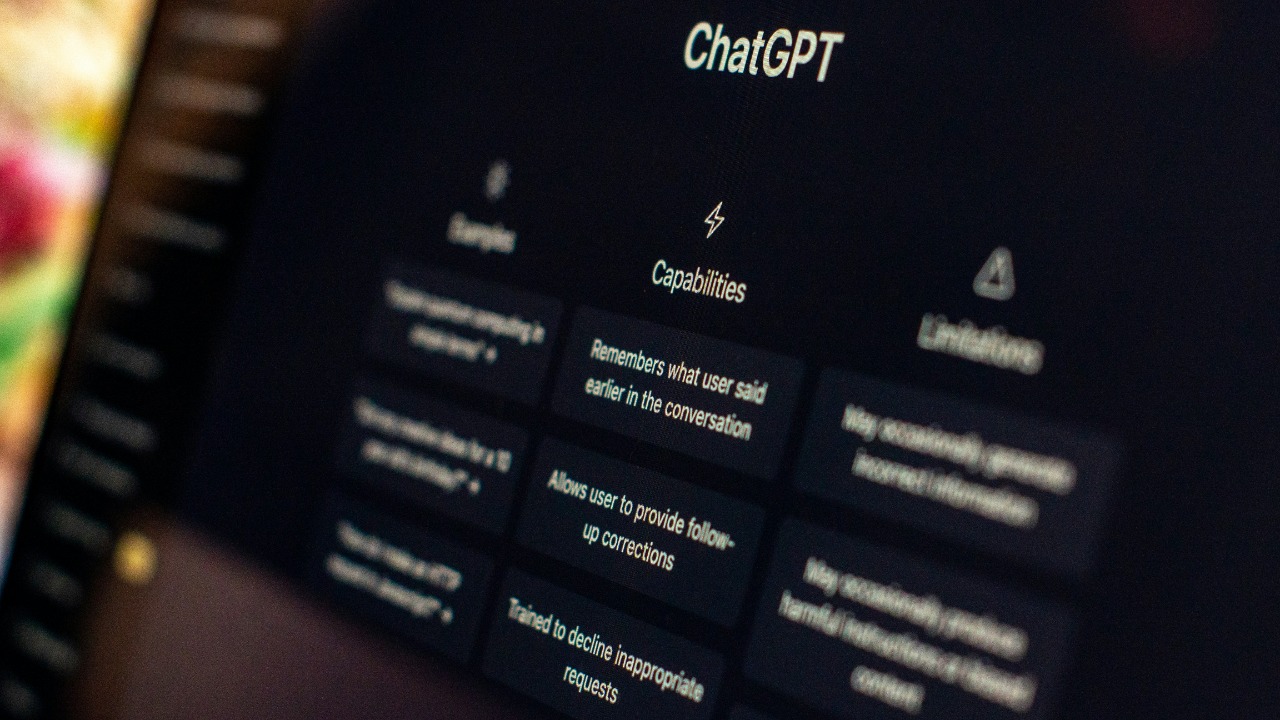
Microsoft has recently launched Agent Mode in Excel and Word, integrating AI-powered Office Agent to foster a new working environment referred to as ‘Vibe Working.’ The Agent Mode utilizes GPT-5 and Anthropic’s AI models to enhance the functionality of Microsoft 365 Copilot.
Integration of AI in Microsoft Office Suite

The introduction of Agent Mode in Excel and Word marks a significant step in Microsoft’s AI integration strategy. This new feature works by leveraging AI to automate and streamline various tasks, thereby enhancing user productivity and efficiency. The Agent Mode, as reported by mezha.net, is designed to provide users with a more intuitive and interactive experience.
Microsoft 365 Copilot, as described on Microsoft’s official blog, is now integrated with the AI-powered Office Agent. This integration is expected to bring significant improvements in productivity and user experience by providing personalized assistance and insights. The Office Agent is designed to understand and adapt to individual user’s needs, thereby creating a more personalized and efficient working environment.
This integration of AI into Microsoft Office Suite is a key component of the new ‘Vibe Working’ concept. As explained by techloy.com, ‘Vibe Working’ is a new approach to work that leverages AI to create a more dynamic, intuitive, and efficient working environment.
According to mezha.net, the Agent Mode is not just a tool for automation, but also a learning system that evolves with the user’s habits and preferences. It can learn from the user’s actions and provide suggestions based on their past behavior, making it a powerful tool for personalization and efficiency.
As Microsoft’s official blog points out, the integration of the Office Agent into Microsoft 365 Copilot is not just about improving productivity, but also about transforming the way people work. It aims to make work more enjoyable and less stressful by reducing the cognitive load and allowing users to focus on more creative and strategic tasks.
Role of GPT-5 and Anthropic’s AI Models

The role of GPT-5 in powering the Office Agent is crucial. As highlighted by mezha.net, GPT-5’s capabilities enhance the functionalities of Excel and Word by providing advanced language understanding and generation. This allows the Office Agent to understand complex instructions, generate detailed reports, and even draft emails, thereby significantly enhancing user productivity.
Furthermore, the integration of Anthropic’s AI models into the Microsoft 365 Copilot is a significant development in Microsoft’s overall AI strategy. As reported by pcmag.com, Anthropic’s AI models are designed to understand and mimic human cognition, thereby providing a more intuitive and human-like interaction experience.
While the benefits of using these AI models in the Office suite are expected to be significant, there could be potential challenges as well. As noted by winbuzzer.com, these could include issues related to data privacy, AI bias, and the need for continuous learning and adaptation of the AI models to keep up with the evolving needs of users.
As mezha.net further elaborates, GPT-5’s advanced language understanding capabilities enable the Office Agent to provide more accurate and contextually relevant responses. This makes it a valuable tool for tasks that require a high level of language proficiency, such as drafting complex documents or interpreting intricate data sets.
According to pcmag.com, Anthropic’s AI models are not just about mimicking human cognition, but also about understanding the nuances of human behavior. This allows the Office Agent to provide a more empathetic and personalized user experience, making it feel more like a human assistant than a machine.
Despite the potential benefits, winbuzzer.com warns that the integration of these AI models into the Office suite is not without its challenges. For instance, ensuring the privacy and security of user data is a major concern, as is the potential for AI bias. Furthermore, the AI models need to be continuously updated and improved to keep up with the rapidly changing needs and expectations of users.